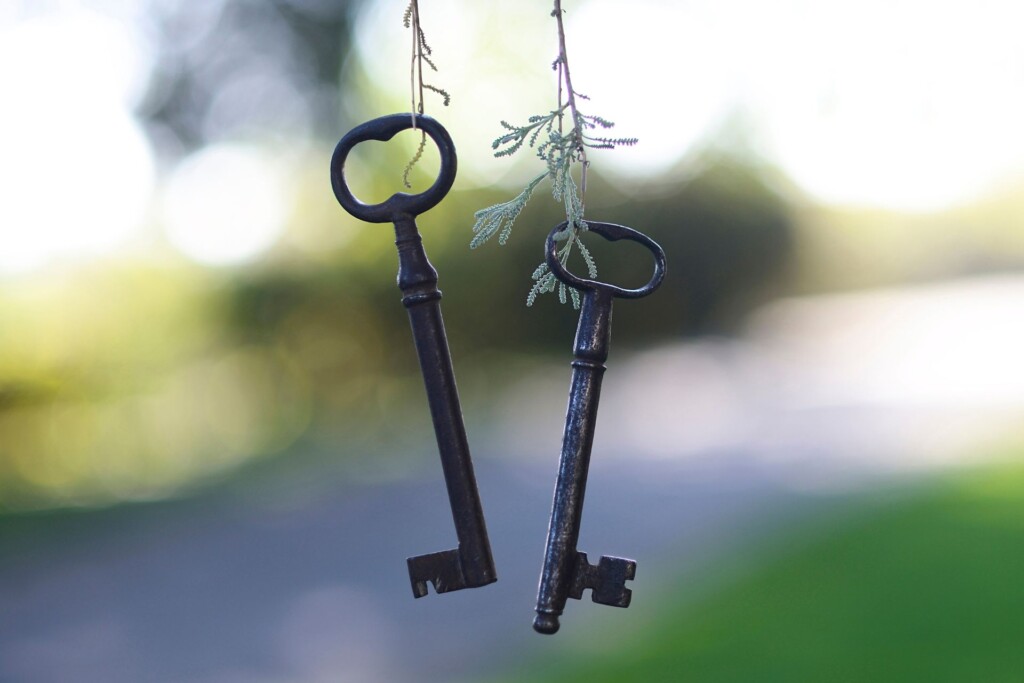Nicola Beach, senior associate in Lodders’ Agricultural Law team, explains the issues landowners may encounter in relation to drones and their rights should a drone fly over their property.

Landowners are typically aware of trespassers in the form of individuals straying off footpaths or vandals causing damage. However, with 450,000 active drones now registered in the UK, there is an increasing risk of trespass from the sky too, but landowners are often not aware of their rights in relation to drones.
Rural estates are often popular amongst drone users, with grand homes and areas of historical interest making for visually appealing aerial footage. Many individuals will use drones to capture footage for social media, particularly of areas of media relevance, such as where films and TV shows have been set.
As well as invading privacy, drones can pose safety risks to both humans and animals on the property and could potentially cause damage if they were to land on or fly too close to buildings and structures.
Rules and regulations
The flying of drones in the UK is governed by the Civil Aviation Authority (CAA) and full regulations and guidance can be found in the Drone and Model Aircraft Code. The law states that drone operators must have permission from the owner of the land where a drone takes off and if they fly over land without permission, may face legal claims from the landowner.
Drone operators cannot legally fly closer than a horizontal distance of 50m to any individual, including those in buildings and in vehicles. This distance creates a no-fly zone around people that goes all the way up to the legal height limit, meaning users cannot fly above people in this zone, even if they are higher than 50m. They also must remain a minimum of 150m from all residential, recreational, commercial and industrial sites. If a drone operator oversteps these limits, they are trespassing.
Landowners may take the following measures to strengthen their case:
- Identify if there is a camera attached to the drone and if any photos of the land can be viewed online
- Identify if any photos online show or explain how to access the property
- Keep a consistent record of any trespassing or damages
For more information about landowners rights in relation to drones, please get in touch with our Agricultural Law team.
This article first appeared in Lodders Life Issue 10. Click here to read Issue 10 in full.
Contact usContact us
Need more advice?
For help with a legal problem or more information on any of our services at Lodders, please get in touch with our friendly team. You can contact us via the number or email address below, or fill in the form and we will get back to you as quickly as we can.

Contact a member of the team
Read more
Other news, insights and events







